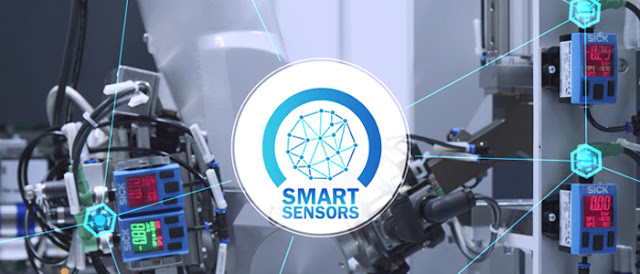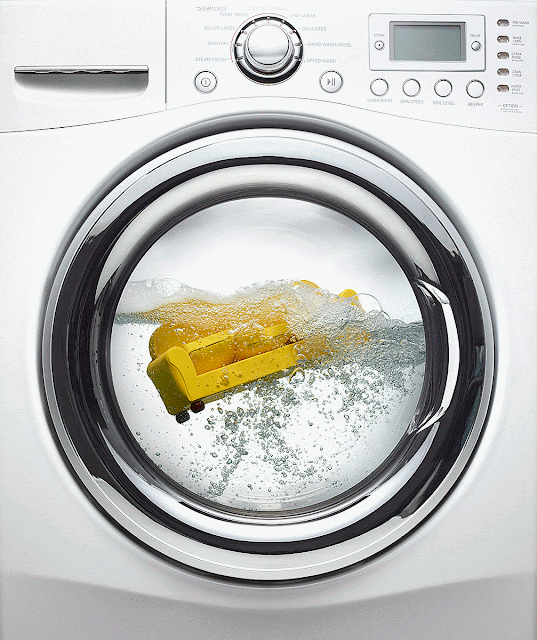Sensor Vs Integrated Sensor Vs Smart Sensor
Sensor Systems
- According to IEEE (1999), 'sensor' means a 'component providing a useful output in response to a physical, chemical, or biological phenomenon’. This component may already have some signal conditioning (involves operations such as amplification, compensation, filtering, and normalization) associated with it.
- Revised by IEEE, in 2003, the term `sensor' means 'a transducer that converts a physical, biological, or chemical parameter into an electrical signal’.
- According to Vocabulaire International de Metrologie (VIM), a transducer is a device used in measurement, 'that provides an output quantity having a specific relation to the input quantity'. The same document defines a sensor as the element of a measuring system 'that is directly affected by a phenomenon, body, or substance carrying a quantity to be measured'.
- In practice, the term 'sensor' is applied for designating:
- one sensitive element;
- a primary measuring transducer that can include a sensitive element or a group of sensitive elements (e.g., an array);
- a measuring transducer that consists of a number of separate transducers, connected in series, for example, a primary transducer and amplifier;
- an isolated unit that, in its case, can any component according to items (1)—(3) or a group of the corresponding components in any combination;
- a unit, according to the item (4), which, in its case, also contains additional signal processing units, for example, an analogue-to-digital converter, bus interface, microcontroller, and indicator (in any combination)
Integrated Sensor
If the signal conditioning circuit is embedded on-board with the sensing element, then the sensor system will be called an integrated sensor system. This is also termed as System on Chip (SoC)
- IEEE Standard (1997, 1999, 2003), a 'smart sensor' is a 'sensor version of a smart transducer’. 'Smart transducer' is a 'transducer that provides functions over and above that necessary for generating a correct representation of a sensed or controlled physical quantity’.
- This functionality typically simplifies the integration of the transducer into applications in a networked environment.
- Experience shows that the additional (`redundant') functions in question can be diverse. The importance of these functions is not the same for each customer, and the number of 'redundant' functions in a given device can vary.
- Therefore, at present, such a definition of the term 'smart sensor' cannot satisfy customers.
- In a number of publications, operations fulfilled in the past by a human operator are considered to be among the 'redundant' functions of such a smart sensor, (Itskovich, 2002) in particular
- zero adjustments,
- linearization,
- choosing a necessary measurement range,
- correcting for an influencing factor using a special sensor and so on.
- According to Romanov (1994), such devices should be considered as 'adaptive'. However, this type of redundant function is considered as a low-level intelligence.
- According to Allgood and Manges (2001), a 'smart sensor' is a programmed 'measurement system that has sufficient computational capacity to support the
- data acquisition,
- memory and decision making necessary to respond to algorithmic instructions.
- It responds to calibration requests,
- reacts `to interrogations about its health and status, and
- provides uncertainty estimations'.
- In Zook et al. (2006), the term 'smart sensor' implies that `some degree of signal conditioning is included in the same package as the sensor’.
- According to Kirianaki (2002), a 'smart sensor is one chip, without external components, including the
- sensing,
- interfacing,
- signal processing and
- intelligence (self-testing, self-identification, self-validation or self-adaptation) functions.
- In 2009 a mini-survey “What does it mean “smart sensor”?” was set up by IFSA at Sensors Web Portal. We get very good feedback from 227 participants from both: academia and industry. The survey results are shown in Fig.1.
- Sensor with any intelligent function as self-identification, self-validation, self-testing or self-adaptation (138) 61%
- Combination of sensing element, analog interface circuit, ADC, and bus interface (40) 18 %
- Sensor with only self-checking (self-calibration, self-validation) function (14) 6%
- IEEE 1451 compatible sensor (3) 1%
- All definition is OK (16) 7%
- Other suggestions (16) 7%
Thus, a smart sensor system consists of an onboard processor that has computational capabilities as mentioned earlier. This also implies that with an onboard processor to perform computations, we will require memory, power, communication modules for networking and data transfer,etc..








Comments
Post a Comment